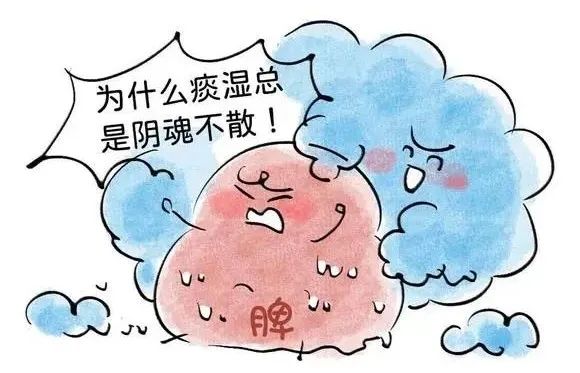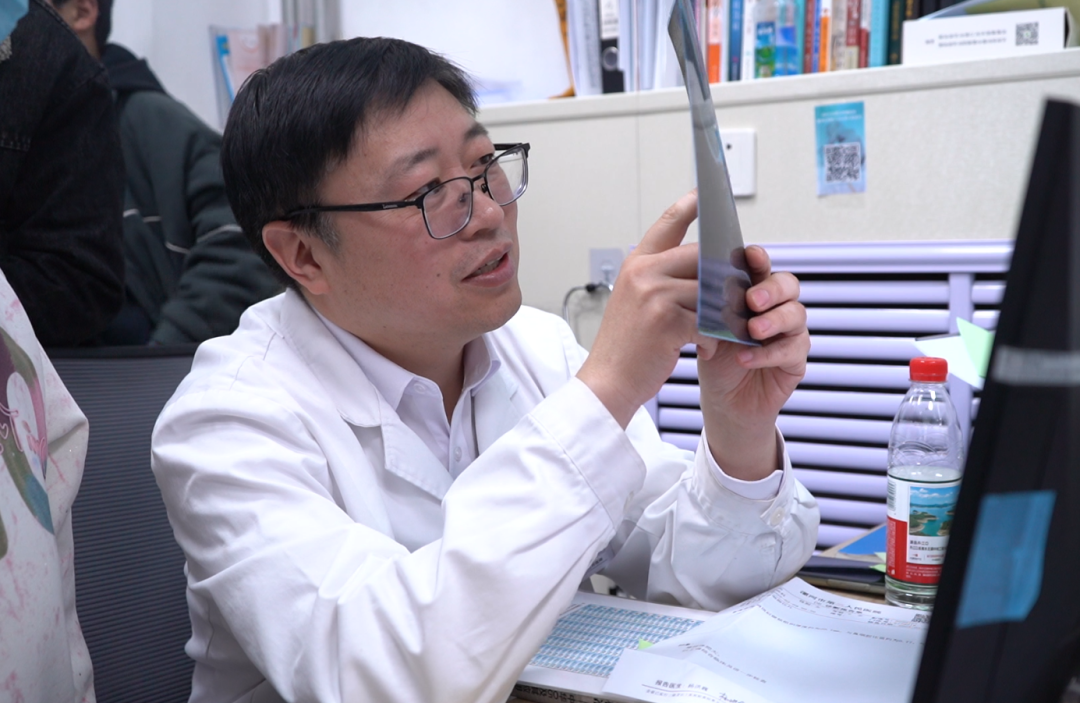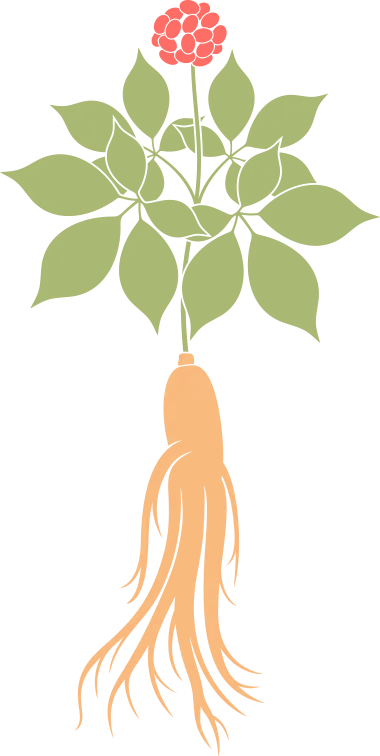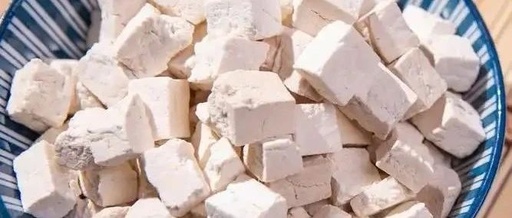Hello everyone, I am your doctor friend, Dr. Guo.
Over the years, I have treated many children with short stature. Some parents rush in asking, “Can we give growth hormone?” I usually advise them to take a step back, and first assess the child’s condition.
A child’s short stature is not necessarily due to innate deficiency or a lack of growth hormone; often, it is due to phlegm-dampness obstructing the body, leading to poor spleen and stomach function, which causes qi and blood to stagnate, preventing nutrients from reaching the bones, thus hindering growth. It is like a river clogged with silt; no matter how fast the water flows, it cannot pass through smoothly, and crops cannot be irrigated, so how can they thrive?

I often tell parents that a child’s growth is like a young tree sprouting; the key lies in nourishing the roots. The spleen and stomach are the child’s “roots”; phlegm-dampness obstructing them is like mud buried in the soil, preventing the roots from growing deep, causing the sapling to wilt.
These children often appear weakly plump, with soft flesh, a yellowish complexion, a thick and greasy tongue coating, resembling a layer of paste, and sticky stools that are hard to clean. They are usually lethargic, get tired after running a few steps, and experience abdominal bloating after eating greasy foods, often snoring at night.All these are signals of phlegm-dampness obstructing the spleen!

Previously, there was an 8-year-old boy who left a deep impression on me. He was only 123 cm tall, half a head shorter than his peers. His parents were anxious and sought medical help everywhere, supplementing calcium and giving injections for over a year with minimal effect.
Upon examining the child, I found a thick white greasy tongue coating with a red tip and asked about his symptoms: he had a poor appetite for years, feeling full after just a few bites, but had a particular fondness for sweets and fried snacks; his stools were unformed and sticky; he drooled while sleeping and lacked energy during class.This is a typical case of phlegm-dampness obstructing the spleen— excessive consumption of sweet and greasy foods leads to the spleen and stomach being unable to transform and transport, resulting in dampness accumulating into phlegm, which in turn burdens the spleen and stomach, creating a vicious cycle.
I prescribed him a formula to strengthen the spleen and resolve phlegm, which included a heavy use of Fu Ling (Poria), Bai Zhu (White Atractylodes), and Chen Pi (Dried Tangerine Peel), along with Jiao Shan Zha (Fried Hawthorn Fruit) and other herbs that strengthen the spleen and relieve food stagnation. Since the child could not take traditional Chinese medicine, I prepared it as a paste, sweetened with maltose for better acceptance and adherence. Additionally, I recommended external application on the Zhongwan (Middle Cavity) and Zusanli (Leg Three Miles) acupoints to strengthen the spleen. I also advised the parents to eliminate snacks and suggested that breakfast could include yam and coix seed porridge, and in the afternoon, a cup of Fu Ling and red bean water.

At first, the child was uncooperative and threw tantrums, but the parents persevered for two weeks, and the child’s tongue coating noticeably thinned, his stools became formed, and his appetite improved. He began to cooperate. After three months, during a follow-up visit, the child’s complexion had improved significantly, and he had grown 2.7 cm, leaving the parents both surprised and delighted!
Why is phlegm-dampness so troublesome?
Traditional Chinese medicine states that “the spleen is the source of phlegm.” Children have delicate spleens and stomachs; consuming too many cold drinks, fried chicken, and cakes, which are rich and heavy, overwhelms the spleen and stomach, leaving behind residues that turn into dampness. Over time, this dampness condenses into phlegm, which sticks like glue in the organs and meridians, obstructing the flow of qi and blood, preventing nutrients from reaching the bones and inhibiting the secretion of growth hormone.
Moreover, children with a phlegm-damp constitution are prone to recurrent colds and coughs with phlegm, often lasting ten days to half a month, during which their growth and development almost come to a halt. This “hidden loss” often goes unnoticed by parents, who wonder, “Why is he not growing despite eating well?”
To regulate phlegm-dampness, the key lies in “unblocking” and “transforming.” Unblocking refers to the qi mechanism of the spleen and stomach, while transforming refers to resolving internal phlegm and turbidity. For children with milder symptoms, in addition to herbal regulation, daily diet can also play a significant role. For example, in the formula I used above, Fu Ling can also be used for dietary therapy.

Fu Ling, Yam, and Lotus Seed Porridge
Ingredients: 10g Fu Ling, 15g Yam, 10g Lotus Seed, 30g Rice, appropriate amount of rock sugar.Method: Wash Fu Ling, Yam, and Lotus Seed, soak for 1 hour; wash the rice thoroughly.
Put all ingredients into a pot, add appropriate amount of water, bring to a boil over high heat, then reduce to low heat and simmer for 30 minutes until the ingredients are soft, adding a little rock sugar for flavor.
Fu Ling strengthens the spleen and promotes urination, while Yam and Lotus Seed nourish the spleen and stomach, and rock sugar balances the taste. This is suitable for children with spleen deficiency and excess dampness, poor appetite, sticky stools, thick greasy tongue coating, morning bad breath, and excessive phlegm leading to cough.

For children under 3 years old, the dosage of Fu Ling can be reduced to 5g, or consult me for medical advice. Use continuously for 3-5 days, observing the child’s response; if there is no improvement, seek medical attention promptly.
Of course, for children with severe symptoms, or those like the boy mentioned earlier, where height and weight are affected, it is better to start systematic regulation as soon as possible. Whether aiming to regulate the spleen and stomach or intervene in height, consistency is key, and one must not rush.

I have seen some parents who, after hearing me say to eliminate snacks and adjust their diet, agree at the moment but cannot resist their child’s crying and tantrums at home, failing to adhere to dietary restrictions. As a result, after taking the medicine for six months, the improvement is still not significant. Such cases are the most heartbreaking— clearly on the right path, yet failing due to lack of execution. In fact, correcting a child’s bad dietary habits is more important than injections or medications.
Finally, I want to tell parents, a child’s height is not “forced” but “nurtured.” The root of phlegm-dampness obstruction lies in the spleen and stomach; regulating it is like clearing a river channel; when the water flows smoothly, the sapling will naturally grow upward. Instead of being preoccupied with whether to administer growth hormone, it is better to spend some time each day observing the child’s tongue coating, stools, and sleep, identifying problems and addressing them promptly, creating conditions for growth. By finding the root cause, being on the right path, and simplifying methods, the results can be even more solid.


